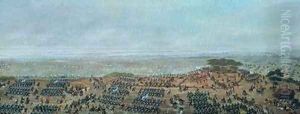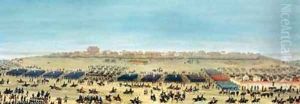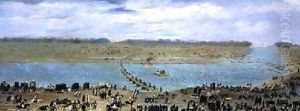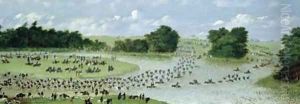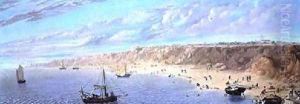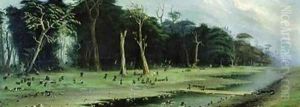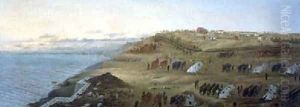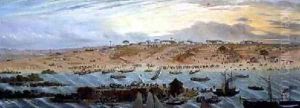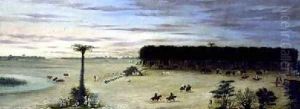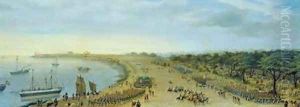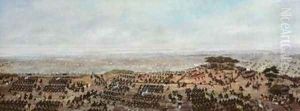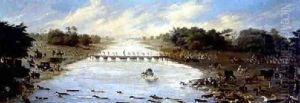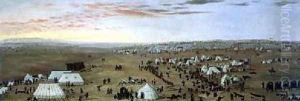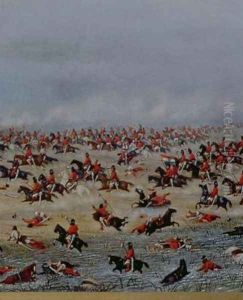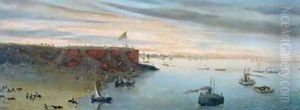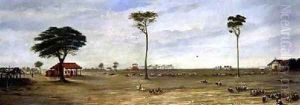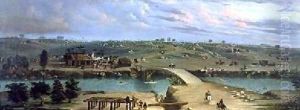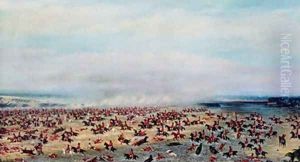Candido Lopez Paintings
Cándido López was an Argentine painter, born on August 29, 1840, in Buenos Aires. He is best known for his large-scale scenes of the War of the Triple Alliance, a conflict that took place from 1864 to 1870, involving Argentina, Brazil, Uruguay, and Paraguay. Initially, López started his career as a photographer and a daguerreotypist, a pioneer in the early form of photography. He later developed a keen interest in painting and studied under the Italian artist Baldassare Verazzi, who was living in Buenos Aires at that time.
López joined the Argentine army in 1865 as a soldier in the war against Paraguay and participated in several battles. During his service, he sketched and painted scenes of military life and the landscapes he encountered. His experiences in the war profoundly influenced his artistic work. In 1866, he was seriously wounded at the Battle of Curupayty, losing his right arm, which was his painting hand. Despite this severe injury, López learned to paint with his left hand after a period of recovery.
After the war, López dedicated himself to painting detailed and panoramic battle scenes, which are considered some of the most important visual accounts of the War of the Triple Alliance. His works are characterized by their meticulous detail, vibrant colors, and a unique perspective that often included views from the backs of the armies facing the battle, which was an unconventional approach at the time.
Cándido López's paintings provide valuable historical insights into the War of the Triple Alliance, and they are celebrated for their contribution to the cultural heritage of the region. His notable works include 'Desembarco en Curuzú' (Landing at Curuzú), 'Vista de Humaitá' (View of Humaitá), and 'Pasaje del ejército aliado por el paso de la patria' (Passage of the Allied Army at the Step of the Fatherland).
López continued to work and exhibit his paintings until his death on December 31, 1902, in Buenos Aires. His legacy endures in the collections of several major museums in Argentina, including the Museo Nacional de Bellas Artes and the Museo Histórico Nacional. López is remembered as a significant figure in Argentine art history, particularly for his dedication to documenting one of the most dramatic episodes in South American history through his poignant and evocative paintings.
